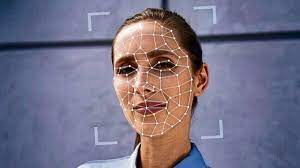Deepfakes : Regulations

The Union Information Technology Minister recently said the government will form regulations to control the spread of deepfakes on social media platforms, terming them a “new threat to democracy.”
- Deepfakes are a compilation of artificial images and audio put together with machine-learning algorithms to spread misinformation and replace a real person’s appearance, voice, or both with similar artificial likenesses or voices.
- The term “deepfake” combines the deep learning concept with something fake.
- It can create people who do not exist, and it can fake real people saying and doing things they did not say or do.
- The origin of the word “deepfake” can be traced back to 2017, when a Reddit user with the username “deepfakes”, posted explicit videos of celebrities.
- They are created by machine learning models, which use neural networks to manipulate images and videos.
- To make a deepfake video of someone, a creator would first train a neural network on many hours of real video footage of the person to give it a realistic “understanding” of what he or she looks like from many angles and under different lighting.
- Then they’d combine the trained network with computer-graphics techniques to superimpose a copy of the person onto a different actor.
- Deepfake technology is now being used for nefarious purposes like scams and hoaxes, celebrity pornography, election manipulation, social engineering, automated disinformation attacks, identity theft, and financial fraud.




